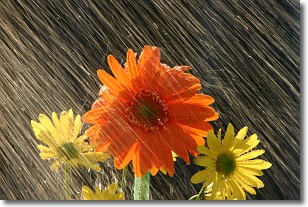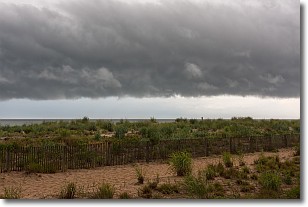Weather Alerts for Montana
1. Blizzard Warning for: Little Belt and Highwood Mountains
2. Flood Advisory for: Blaine, MT; Chouteau, MT; Fergus, MT; Hill, MT
3. Flood Watch for: Northern Blaine County
4. Flood Watch for: Southwest Phillips
5. High Wind Warning for: Big Belt, Bridger and Castle Mountains; Meagher County Valleys
6. High Wind Warning for: Eastern Glacier, Western Toole, and Central Pondera
7. High Wind Warning for: Eastern Pondera and Eastern Teton; Cascade County below 5000ft
8. High Wind Warning for: Eastern Toole and Liberty; Hill County; Northern Blaine County; Western and Central Chouteau County; Bears Paw Mountains and Southern Blaine; Judith Basin County and Judith Gap; Fergus County below 4500ft; Snowy and Judith Mountains
9. High Wind Warning for: Musselshell; Treasure; Northern Rosebud; Custer; Northern Big Horn; Northeastern Yellowstone
10. High Wind Warning for: Northern Stillwater; Golden Valley; Southern Big Horn; Northern Carbon; Southwestern Yellowstone; Sheridan Foothills
11. High Wind Warning for: Red Lodge Foothills; Judith Gap; Livingston Area; Beartooth Foothills; Northern Sweet Grass; Melville Foothills; Southern Wheatland
12. Winter Storm Warning for: Absaroka/Beartooth Mountains; Crazy Mountains; Pryor/Northern Bighorn Mountains; Northeast Bighorn Mountains
13. Winter Storm Warning for: Big Belt, Bridger and Castle Mountains
14. Winter Storm Warning for: East Glacier Park Region; Southern Rocky Mountain Front
15. Winter Storm Warning for: Gallatin and Madison County Mountains and Centennial Mountains
16. Winter Storm Warning for: Snowy and Judith Mountains
17. Winter Weather Advisory for: Bitterroot/Sapphire Mountains
18. Winter Weather Advisory for: Butte/Blackfoot Region
19. Winter Weather Advisory for: Cascade County below 5000ft; Judith Basin County and Judith Gap; Fergus County below 4500ft
20. Winter Weather Advisory for: Eastern Toole and Liberty; Bears Paw Mountains and Southern Blaine
21. Winter Weather Advisory for: Upper Blackfoot and MacDonald Pass; Elkhorn and Boulder Mountains
22. Winter Weather Advisory for: West Glacier Region
Want more detail? Get the Complete 7 Day and Night Detailed Forecast!
Current U.S. National Radar--Current
The Current National Weather Radar is shown below with a UTC Time (subtract 5 hours from UTC to get Eastern Time).

National Weather Forecast--Current
The Current National Weather Forecast and National Weather Map are shown below.

National Weather Forecast for Tomorrow
Tomorrow National Weather Forecast and Tomorrow National Weather Map are show below.

North America Water Vapor (Moisture)
This map shows recent moisture content over North America. Bright and colored areas show high moisture (ie, clouds); brown indicates very little moisture present; black indicates no moisture.

Weather Topic: What is Precipitation?
Home - Education - Precipitation - Precipitation
 Next Topic: Rain
Next Topic: Rain
Precipitation can refer to many different forms of water that
may fall from clouds. Precipitation occurs after a cloud has become saturated to
the point where its water particles are more dense than the air below the cloud.
In most cases, precipitation will reach the ground, but it is not uncommon for
precipitation to evaporate before it reaches the earth's surface.
When precipitation evaporates before it contacts the ground it is called Virga.
Graupel, hail, sleet, rain, drizzle, and snow are forms of precipitation, but fog
and mist are not considered precipitation because the water vapor which
constitutes them isn't dense enough to fall to the ground.
Next Topic: Rain
Weather Topic: What are Shelf Clouds?
Home - Education - Cloud Types - Shelf Clouds
 Next Topic: Sleet
Next Topic: Sleet
A shelf cloud is similar to a wall cloud, but forms at the front
of a storm cloud, instead of at the rear, where wall clouds form.
A shelf cloud is caused by a series of events set into motion by the advancing
storm; first, cool air settles along the ground where precipitation has just fallen.
As the cool air is brought in, the warmer air is displaced, and rises above it,
because it is less dense. When the warmer air reaches the bottom of the storm cloud,
it begins to cool again, and the resulting condensation is a visible shelf cloud.
Next Topic: Sleet




